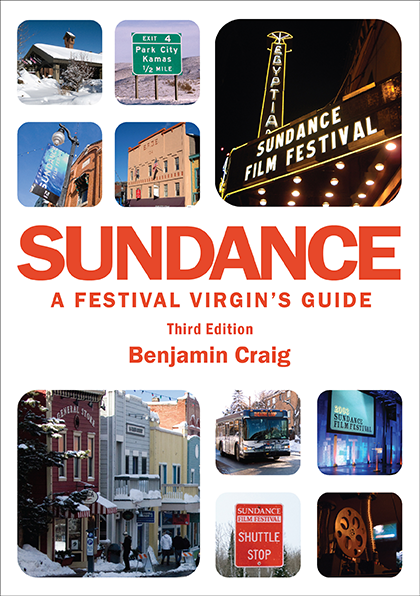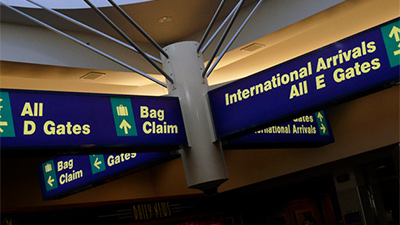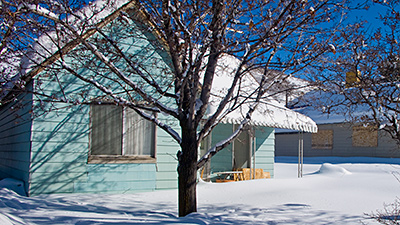Travel & Lodging
Flights to Utah and accmmodation options in Park City
Nestled high above modern-day Salt Lake City in the Wasatch Mountains, occupying 12 square miles of Utah’s Summit County, lies the town of Park City, incorporated in 1884. Few people who've actually been there would argue that Park City lives up to the size its name suggests. With a resident population of just over 7,500, it is little more than a town by most reckoning. But then, Park City has always been full of contradictions.
Essential Park City Travel
Get Your Copy Now

The essential handbook for filmmakers, film fans, and film industry professionals looking to attend the Sundance Film Festival. Available in paperback and digital formats.
Find Out More >



